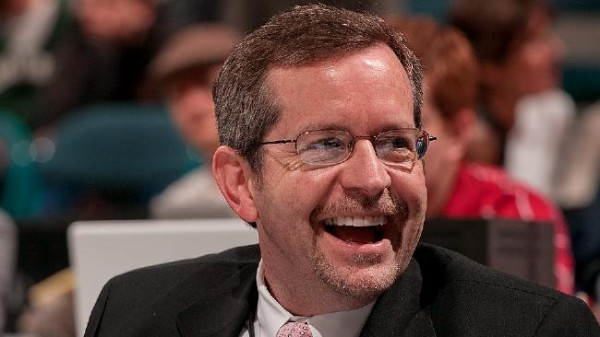Posted by rtmsf on October 17th, 2013
 Welcome back to the third season of the RTC Podcast. From now until the second week in April, from Midnight Madness to March Madness, from the upstart American Athletic Conference to the venerable Atlantic Coast Conference, podcast host Shane Connolly (@sconnolly114) will guide the RTC editors, microsite correspondents and even some special guests through more college basketball discussion than anyone could possibly listen to in a single sitting. We hope you’ll try, though.
Welcome back to the third season of the RTC Podcast. From now until the second week in April, from Midnight Madness to March Madness, from the upstart American Athletic Conference to the venerable Atlantic Coast Conference, podcast host Shane Connolly (@sconnolly114) will guide the RTC editors, microsite correspondents and even some special guests through more college basketball discussion than anyone could possibly listen to in a single sitting. We hope you’ll try, though.
This preseason edition of the podcast is meant to get things started, to tease the season out from a view still several weeks away from opening night. Over the course of the next three weeks, we will drop a preseason RTC Podblast for each of the seven major basketball conferences before turning back to the national picture in early November with a second preseason edition. After that, we’ll be back to the normal weekly schedule of a full podcast in the first half of the week with a shorter podblast reviewing that week’s action at the end.

Sporting News/Big Ten Network’s Mike DeCourcy Joined Us This Week
Now, about those guests… This week we’re thrilled to introduce a new segment to the podcast called Rush the Takes. In each of these weekly segments, we’ll invite a prominent college basketball analyst or personality to join the discussion for a bite-sized morsel of a chat about what’s happening in the game. This week we’re happy to announced that venerable Sporting News columnist and Big Ten Network analyst Mike DeCourcy (@tsnmike) took some time out of his busy schedule to join us. You’ll definitely want to hear his specific observations on the freshmen class at Kansas, beyond Andrew Wiggins — it’s well worth your time.
As usual, the rundown is below if you’d like to skip around to the most interesting parts. Make sure to add the RTC Podcast to your iTunes lineup so that you’ll automatically upload it on your listening device after we record. Feel free to contact us through Twitter or email — we’re listening.
- 0:00-2:06 – Introduction
- 2:06-5:54 – Offseason Recap
- 5:54-13:30 – Let’s Talk 2014 Title Contenders
- 13:30-19:27 – This Year’s Diaper Dandies
- 19:27-22:46 – Is the ACC Getting Overhyped?
- 22:36-33:32 – Rush the Takes – Interview with Mike DeCourcy
- 33:32-45:27 – “Listener” Emails and Podcast Wrap
| 2013-14 season preview, rtc podcast
| Tagged: feature, mike decourcy, preseason, rtc podcast
Share this story













































